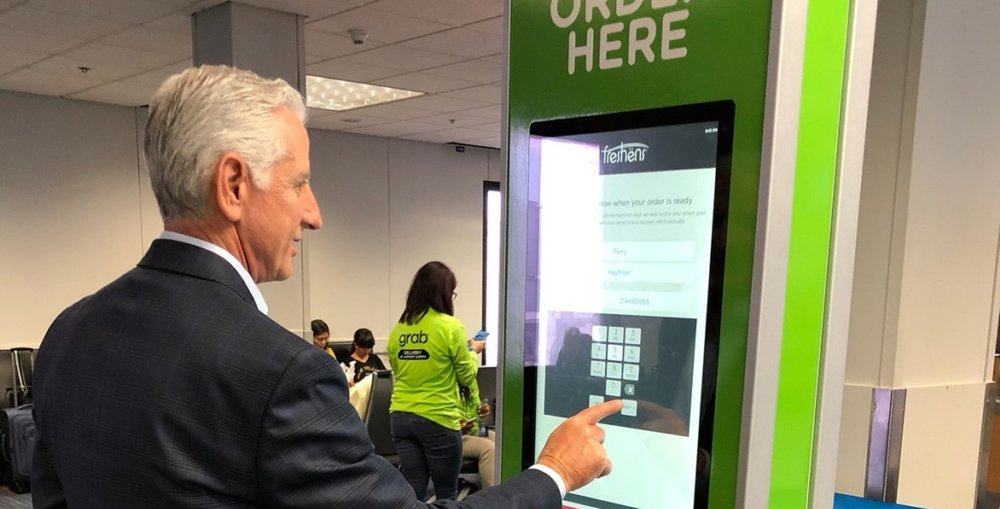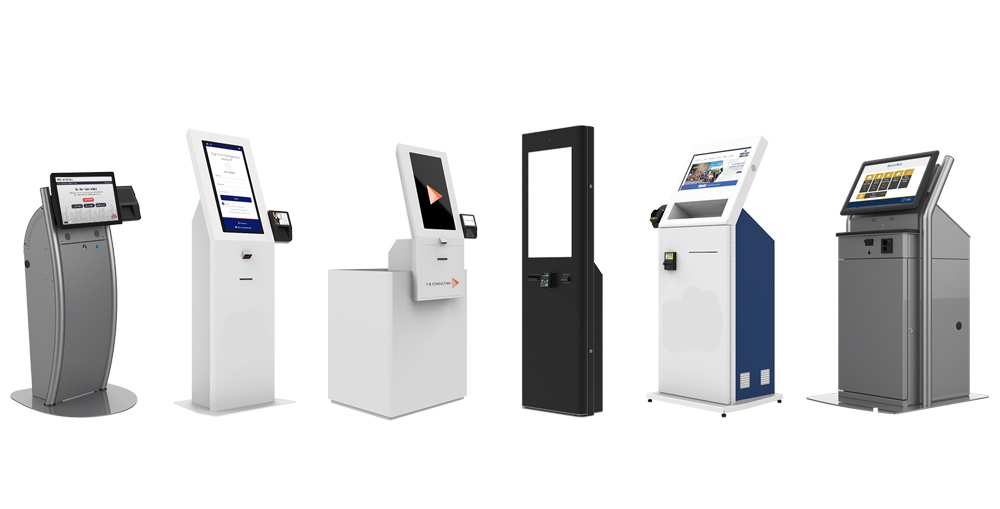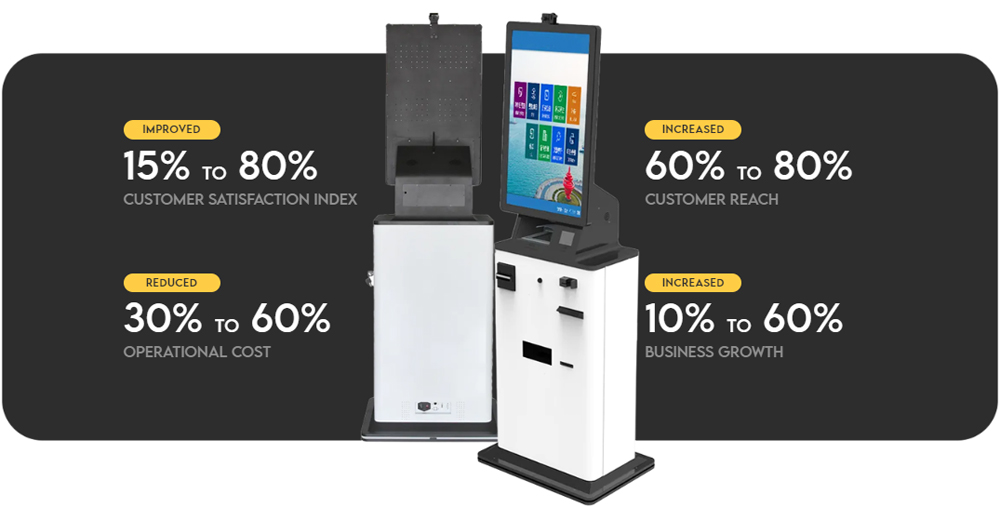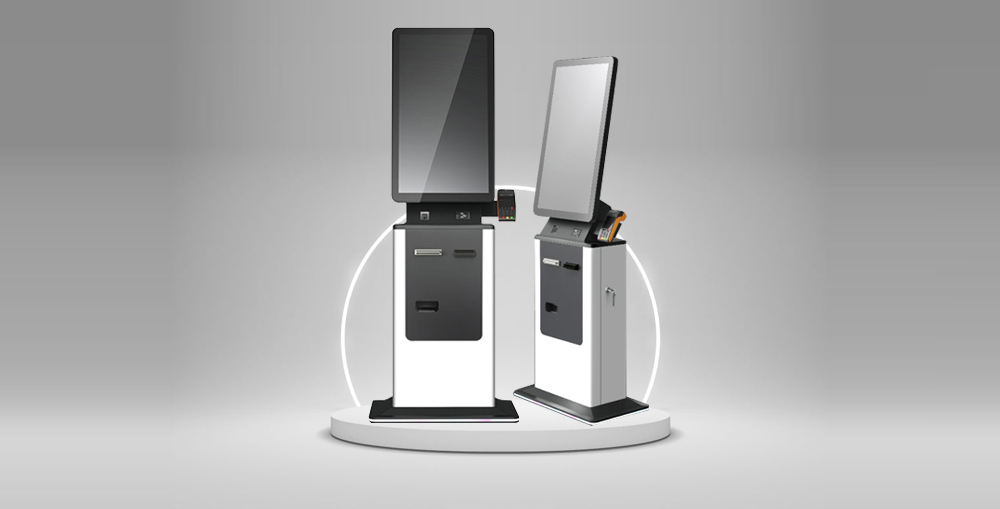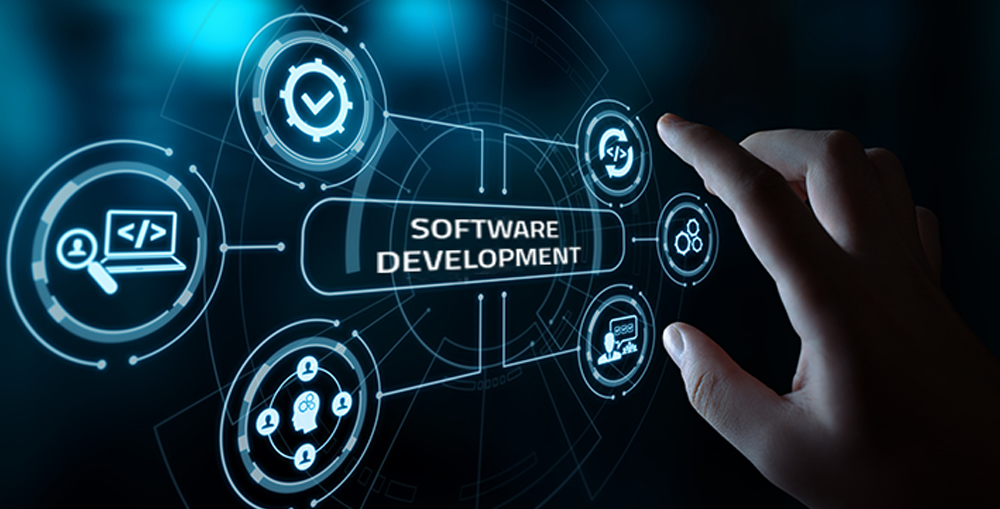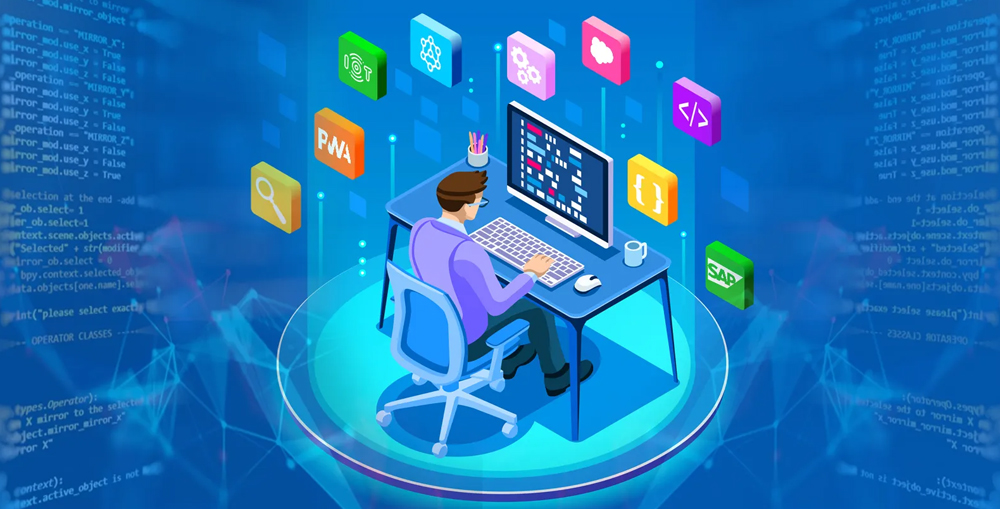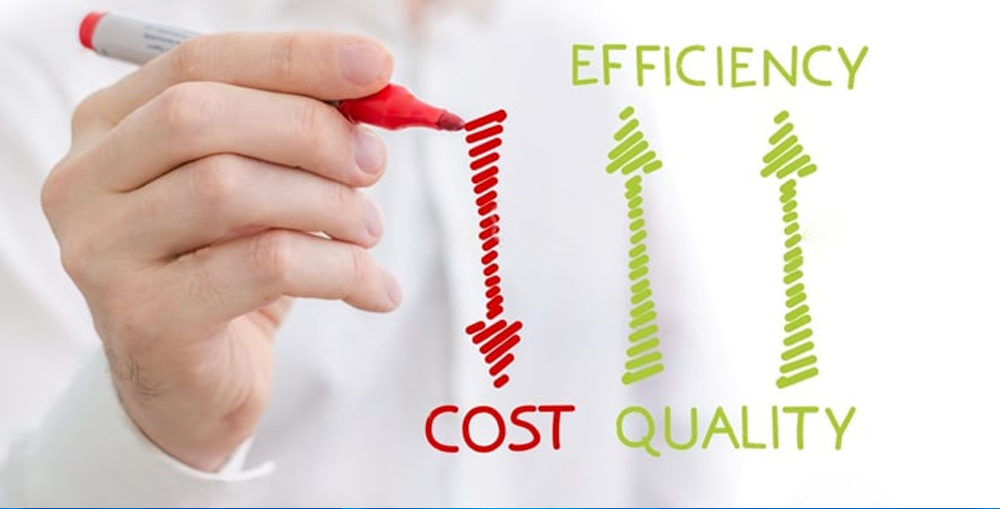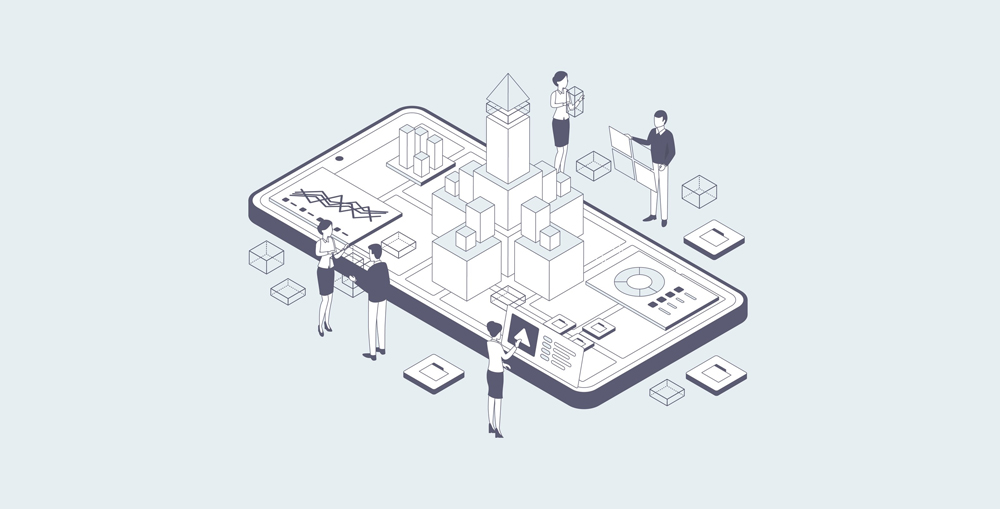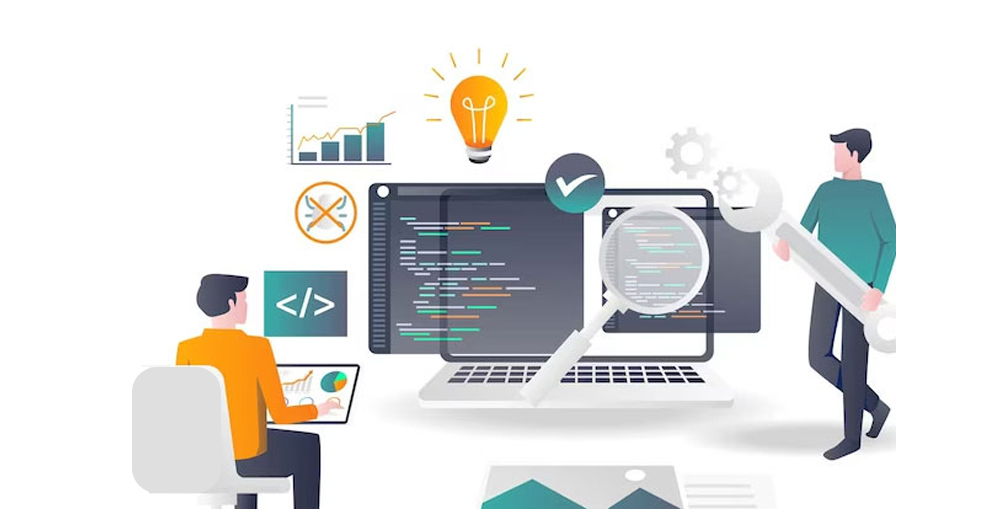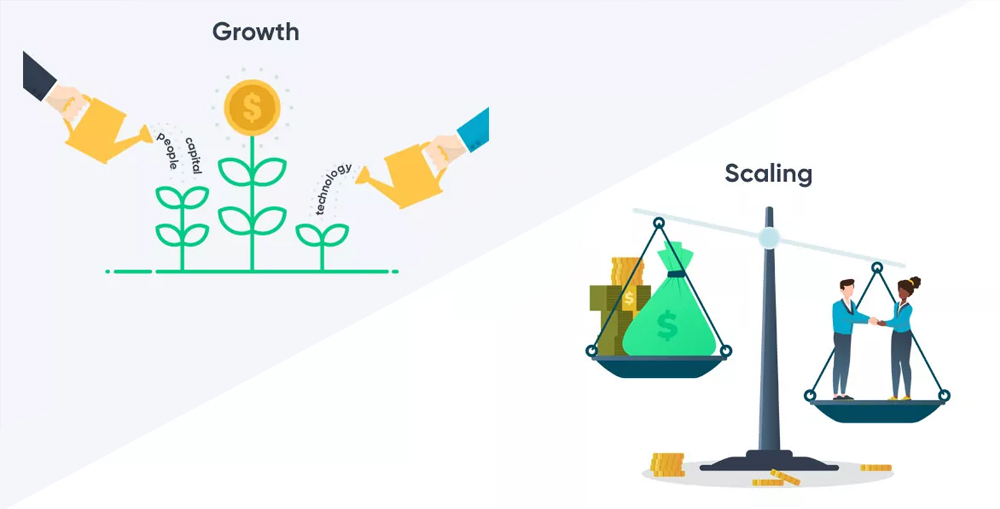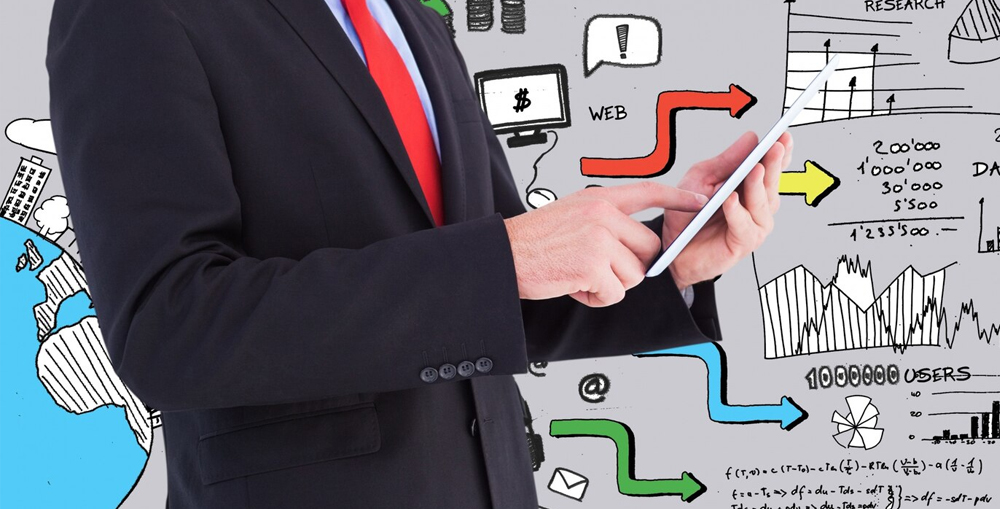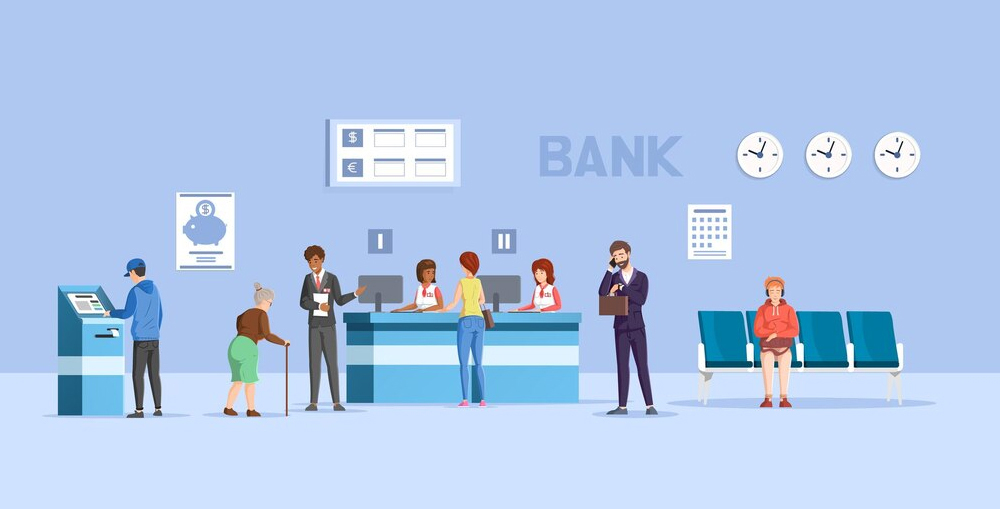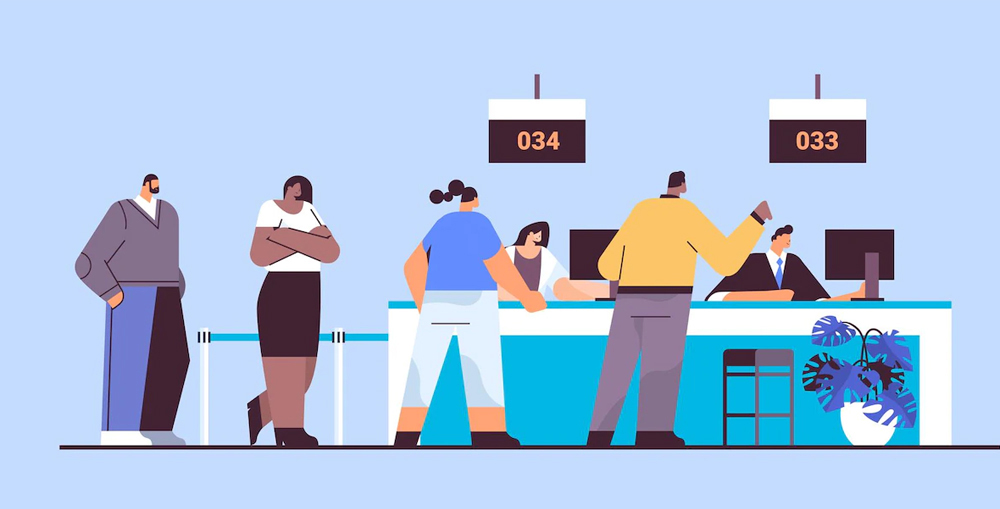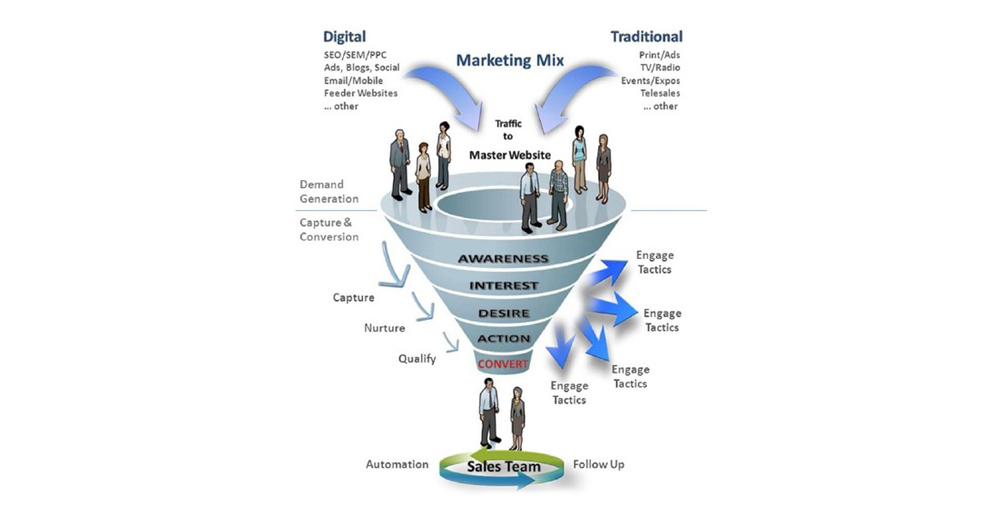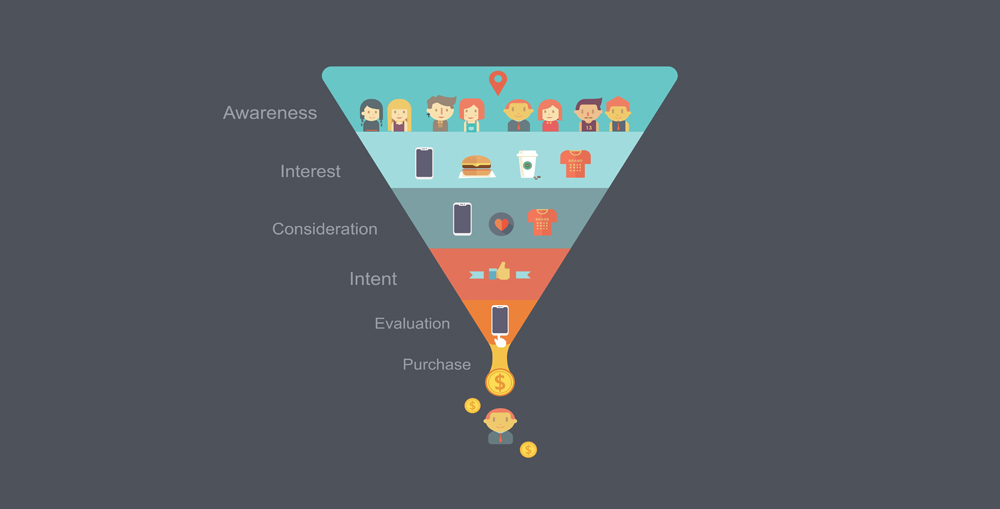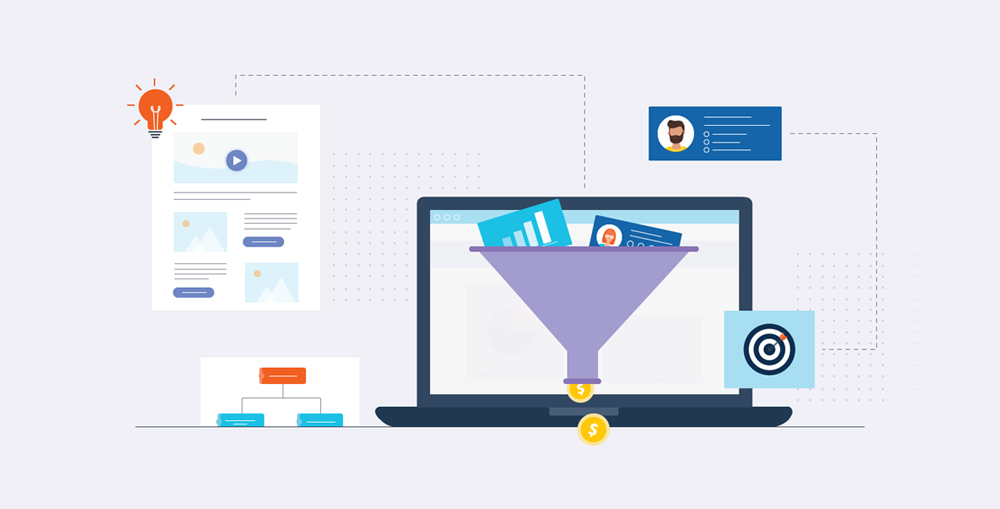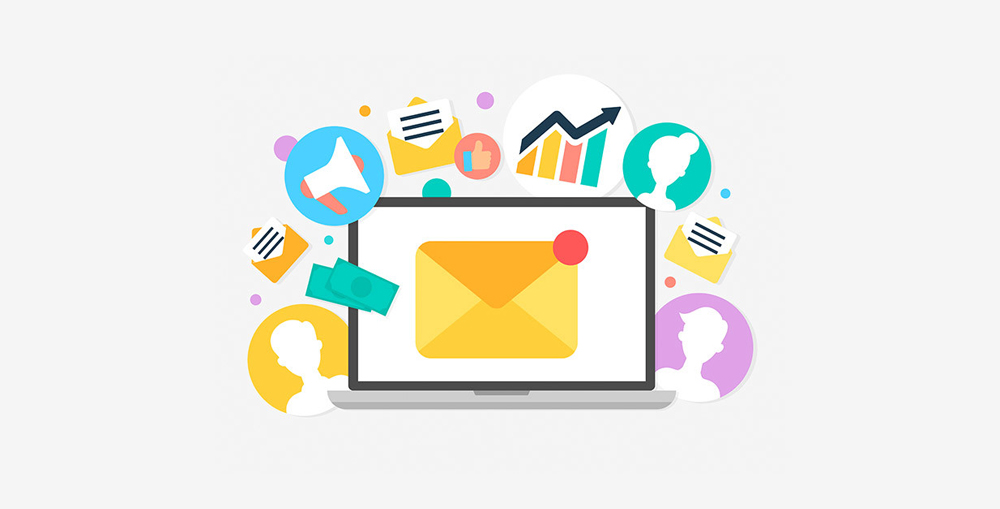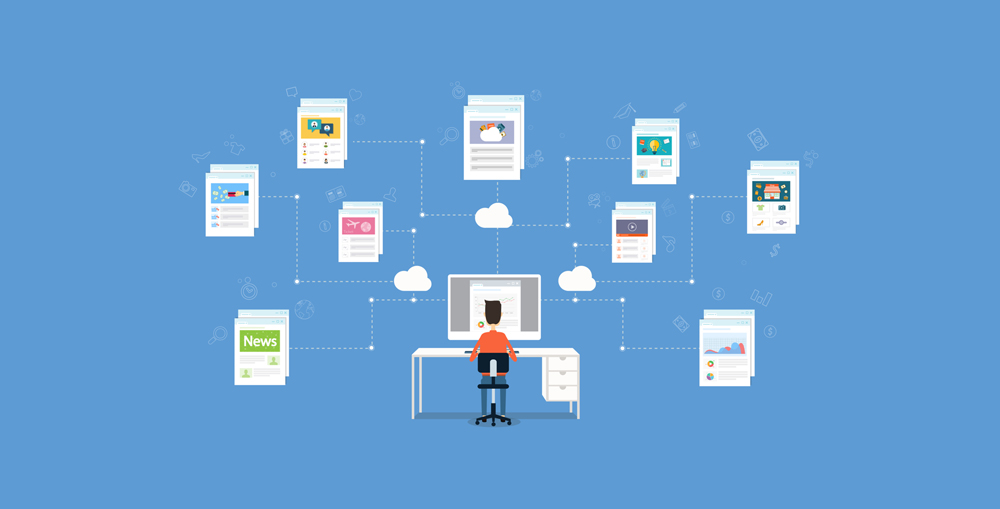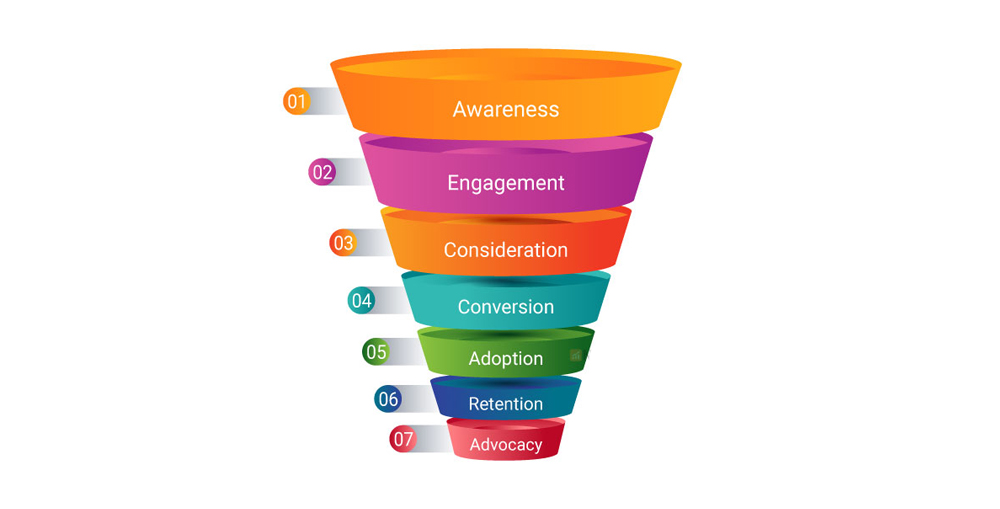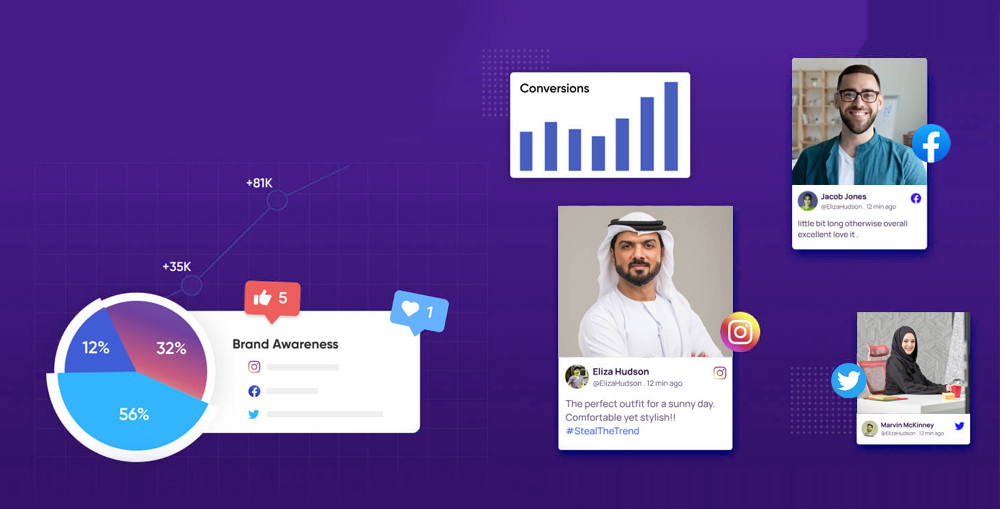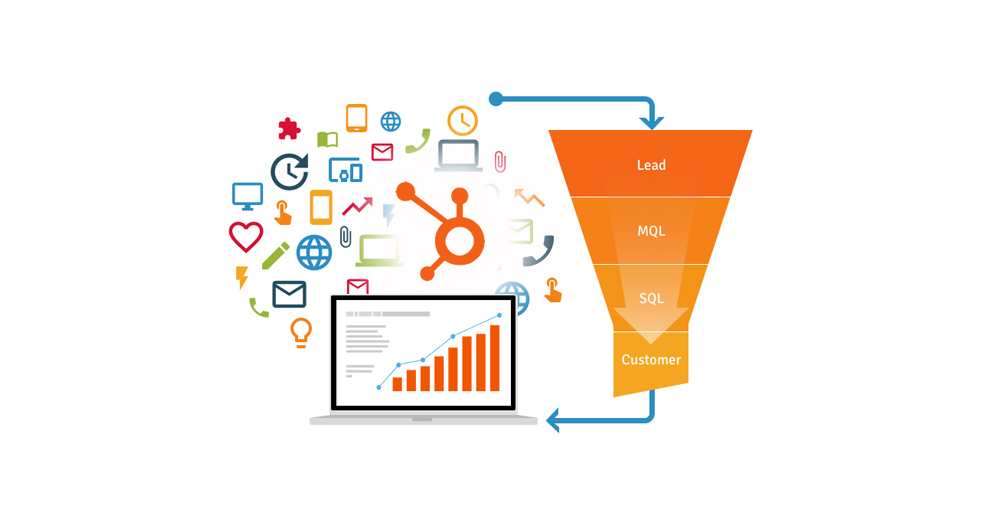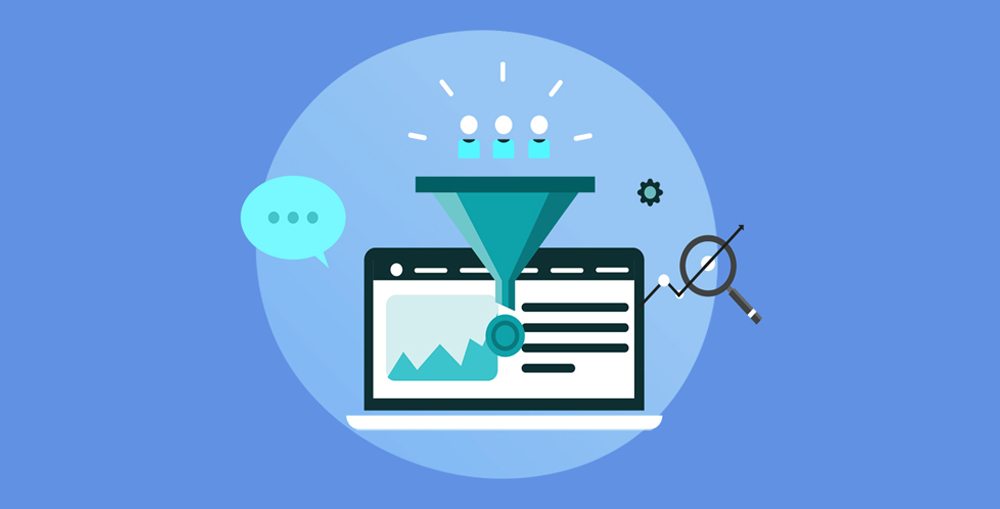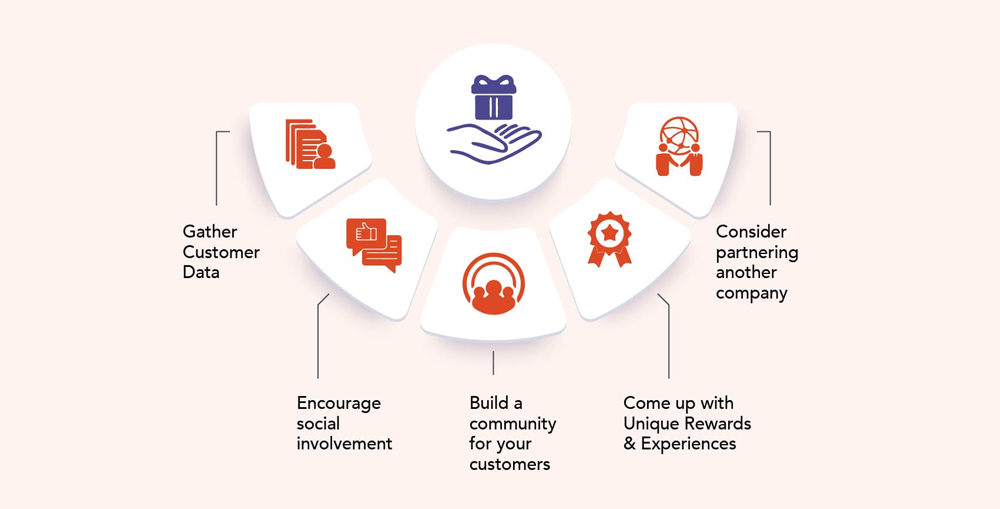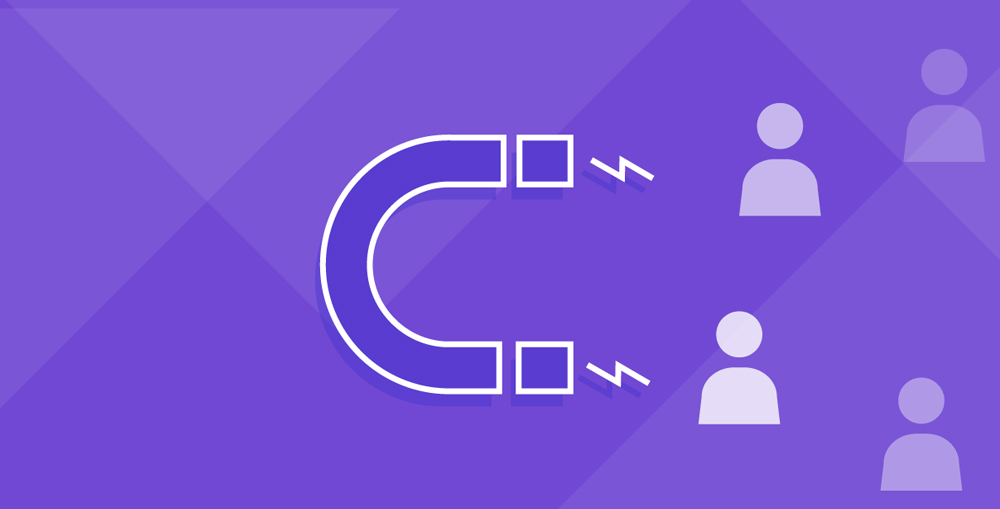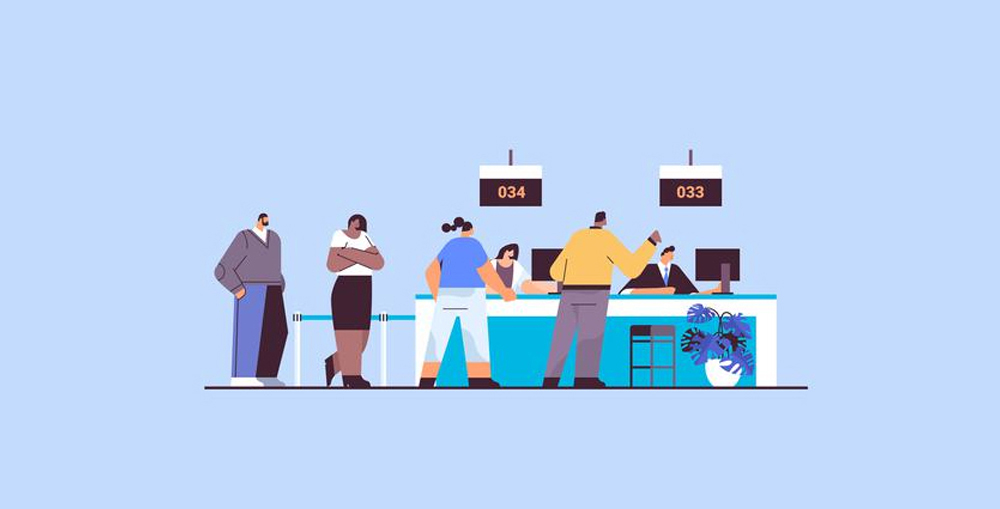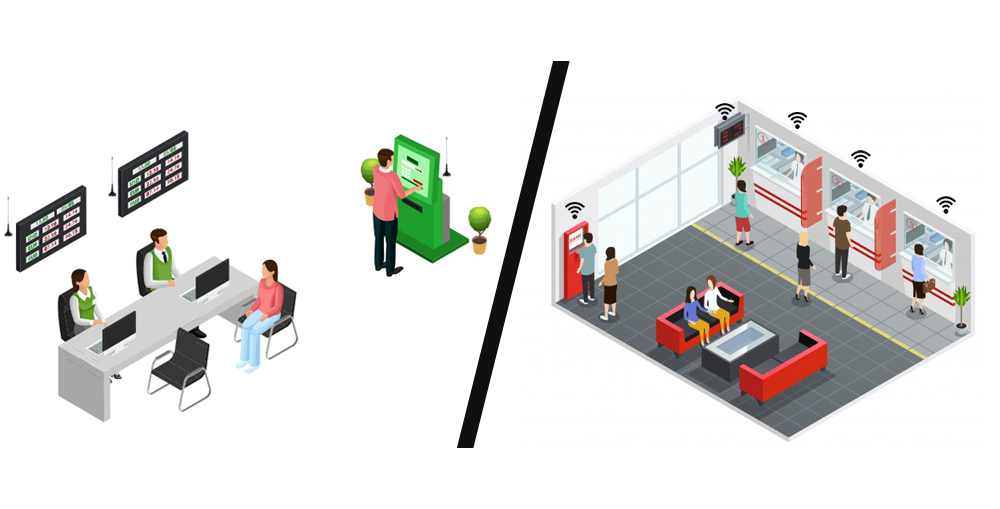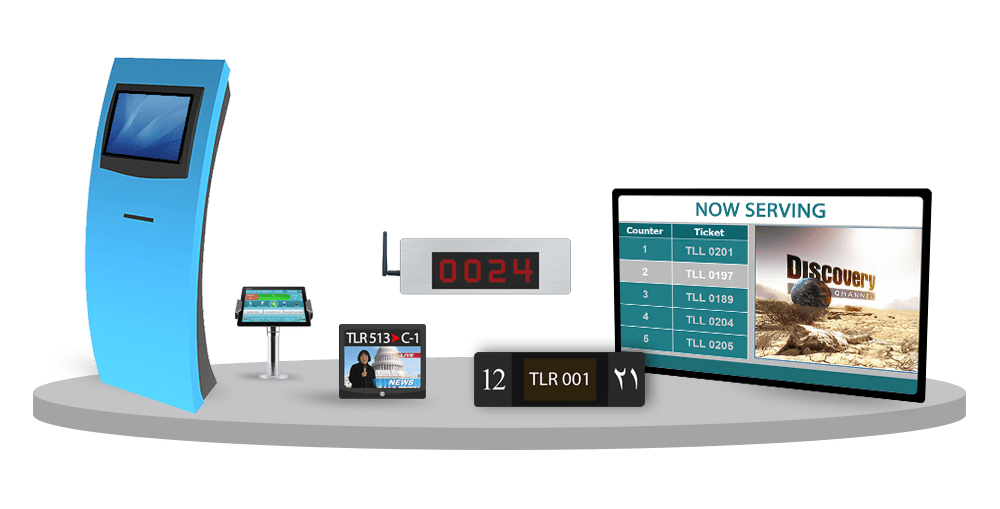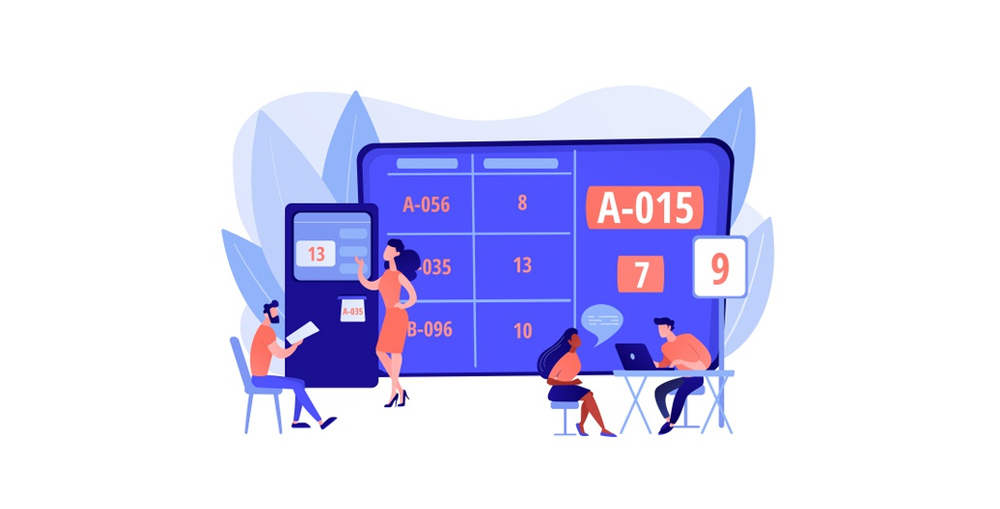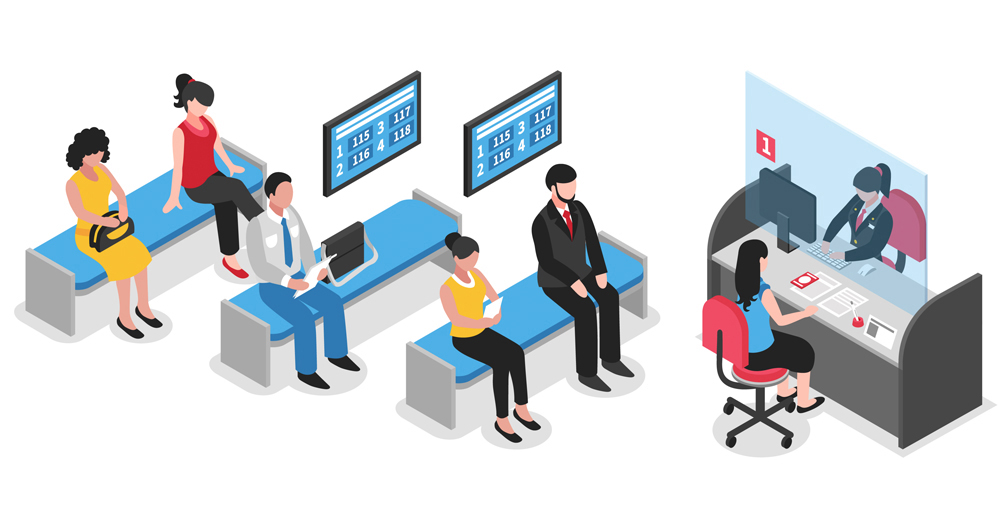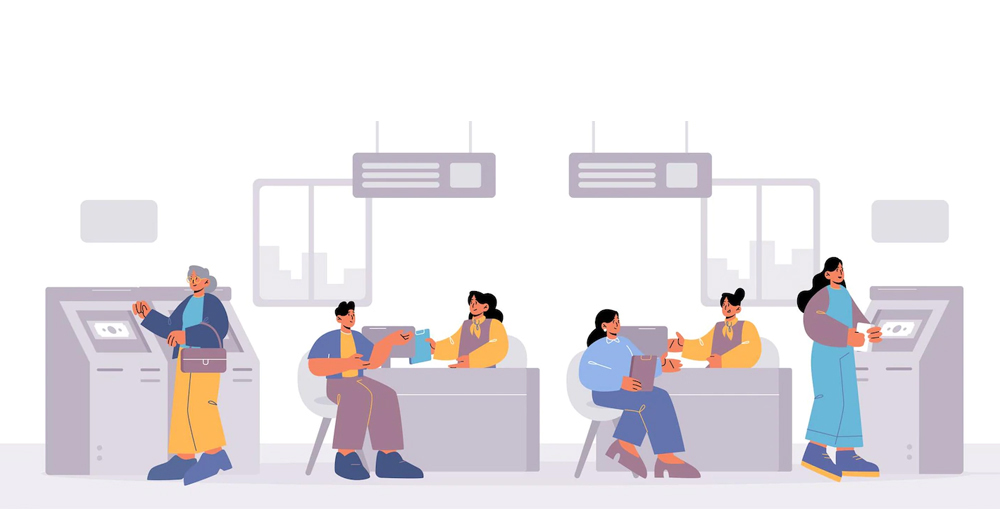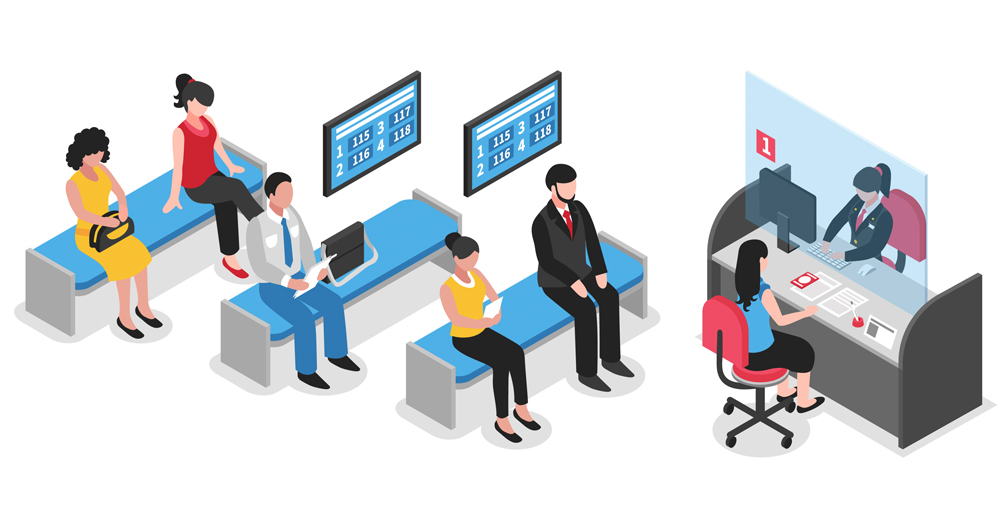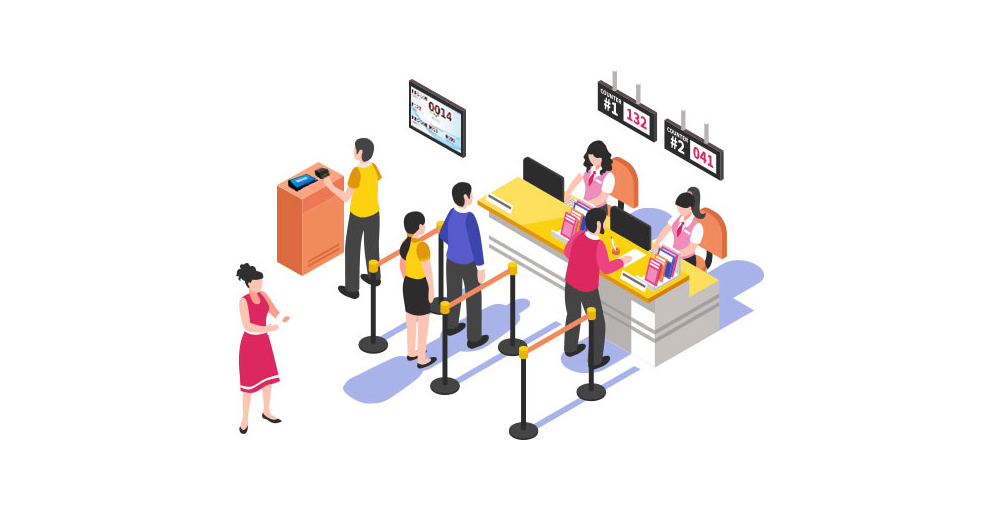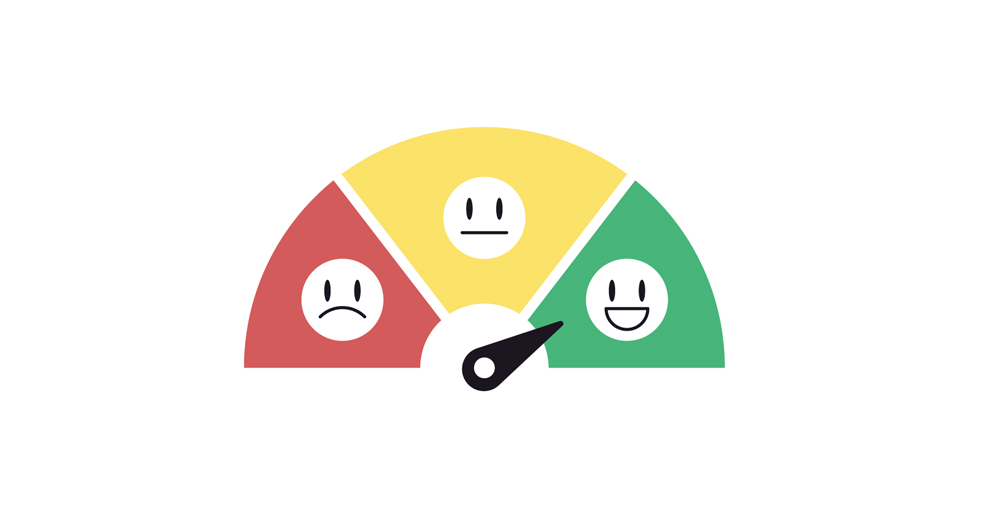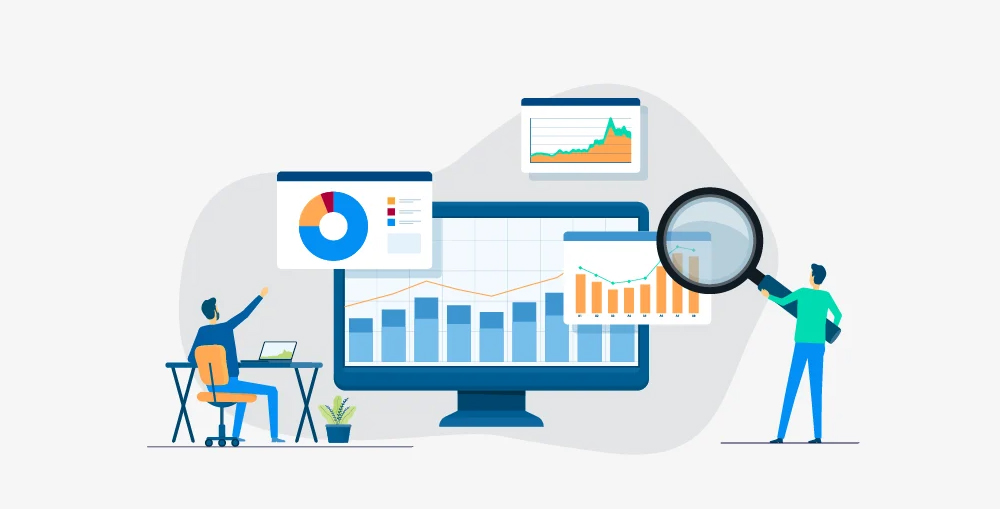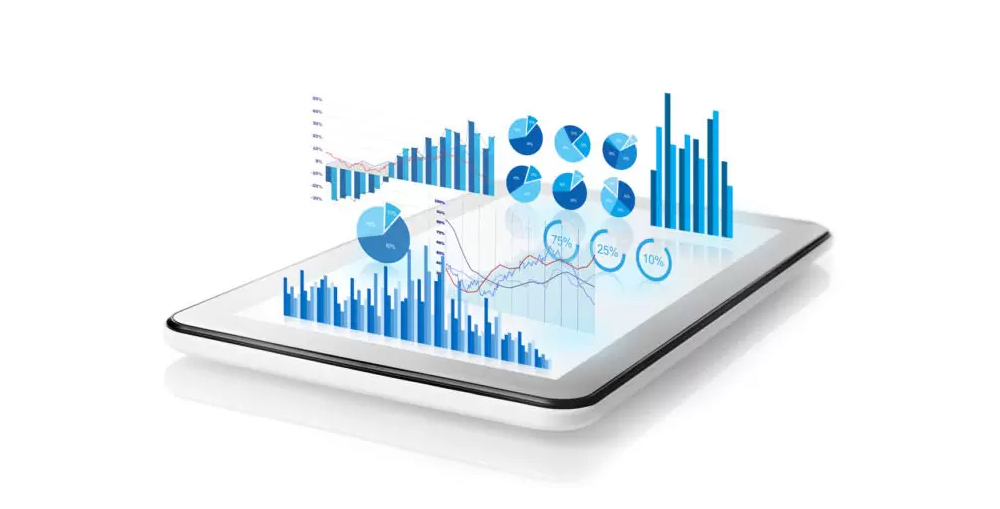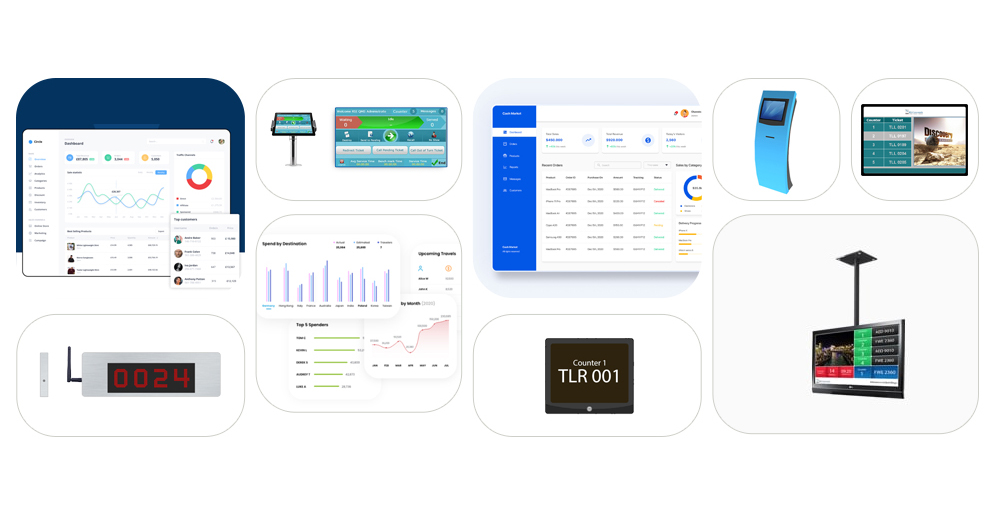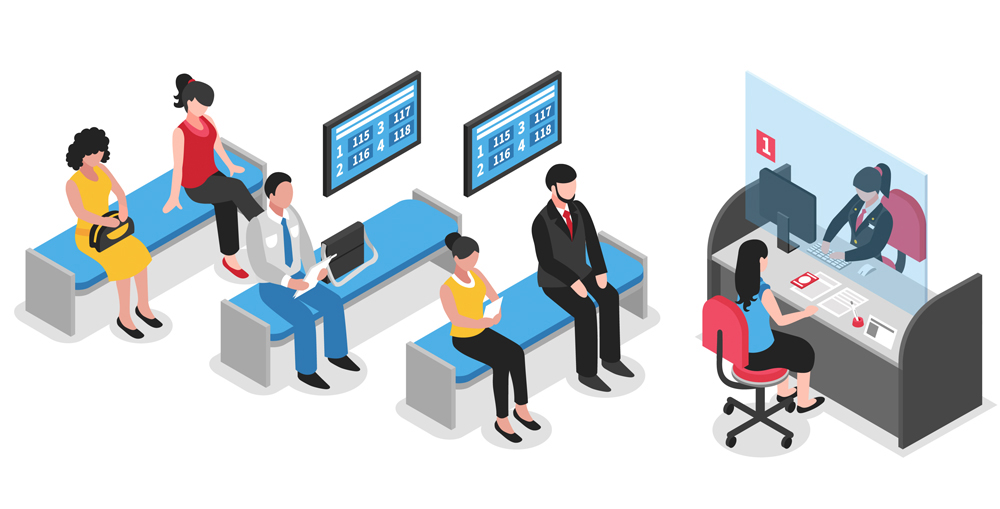Imagine you are decorating your home, when it comes to your room, you bought a cabinet but when you brought it in, it wouldn’t fit your door! What would you do? Will you change the cabinet or break the door? The custom software development could also be similar to that, you reach half-way and realize you need more computing power, or storage, in case of traditional hosting, you have to buy the larger package, however, in case of cloud you can seamlessly increase your resources whether it is computing power, or the storage and you will only have to pay for the resources you want or utilize.
Let say you have acquired a shared hosting, now half-way through you require a VPS or VDS server specs, you will going to pay for the VDS usually it is in full and similar for the higher specs. In case of on-premises data centers, if you face such limitation, then you will have to increase the hardware capacity, which too is expensive and has certain challenges. Therefore the cloud computing is the ideal solution for custom software development. The custom software development is usually a lengthy process, sometimes businesses also add more features sometimes during the staging, and some time even after it become fully operational. In this blog we will discuss the positive impact of the cloud computing on custom software development its long-term impact.
![The Impact of Cloud Computing on Custom Software Development [Full Guide]](https://www.rsiconcepts.com/blog/wp-content/uploads/2024/05/The-Impact-of-Cloud-Computing-on-Custom-Software-Development-1.jpg)
What is Cloud Computing?
Technically the cloud computing is a system of delivering computing power, storage capacity, database, server, operating system, networks, application environments and analytical tools. The cloud computing is a modern form of hosting, it is just one step ahead of it. Unlike the traditional hosting services or on-premises data centers the cloud computing is much more flexible and is capable of delivering resources as per demand. For example, if your demand rises you can immediately increase whatever resource you want in order to ensure a smooth and seamless operation of your software application. Furthermore the cloud computing is much more supportive towards innovation, and it is very cost-effective which makes it ideal for the custom software development.
There are three very flexible cloud computing service models which are ideal for custom software development:
- IaaS (Infrastructure as a Service): The IaaS offers raw computing resources with full control over the virtual machine, storage and network enabling software developers to manage the control the operating system and application.
- PaaS (Platform as a Service): The PaaS service model offers a fully managed platform where software developer can build, deploy, customize and scale software application without any worry about the infrastructure management.
- SaaS (Software as a Service): The SaaS or software as a service offers fully managed software application to the end-users with enhanced scalability. Both software service provider and third-party software are offered through SaaS service model.

The Evolution of Custom Software Development
The custom software development have evolved tremendously, starting from micro applications, customized module to full-fledge organizational operating system, the custom software development have completely overshadowed the traditional commercial off-the-shelf software industry. The custom software development is popular due to the fact that it fully aligns with your unique business needs and offer much more freedom and control over the functionality of the application. This is what distinguishes them from traditional off-the-shelf application and make custom software much more reliable and effective. As the customized software application are developed from scratch, there is a lot of room to grow and expand, hence the resources required to run these apps also grow.
See Also: What is custom software development?
The traditional on-premises or hosting solutions are not agile enough, and have certain limitations, the cloud computing on the other hand offer the required flexibility, adoptability and scalability needed by the custom software apps. The custom software development is aimed to support the emerging needs of the organization as well. The custom software development can offer a great competitive advantage with its elevated adoptability, seamless integration, scalability and resilient towards emerging challenges. Traditionally businesses were relying on in-house IT infrastructure, however, that is not cost-effective neither it offers flexibility comparable to cloud. This is why businesses are now adopting cloud computing for their custom software development projects.
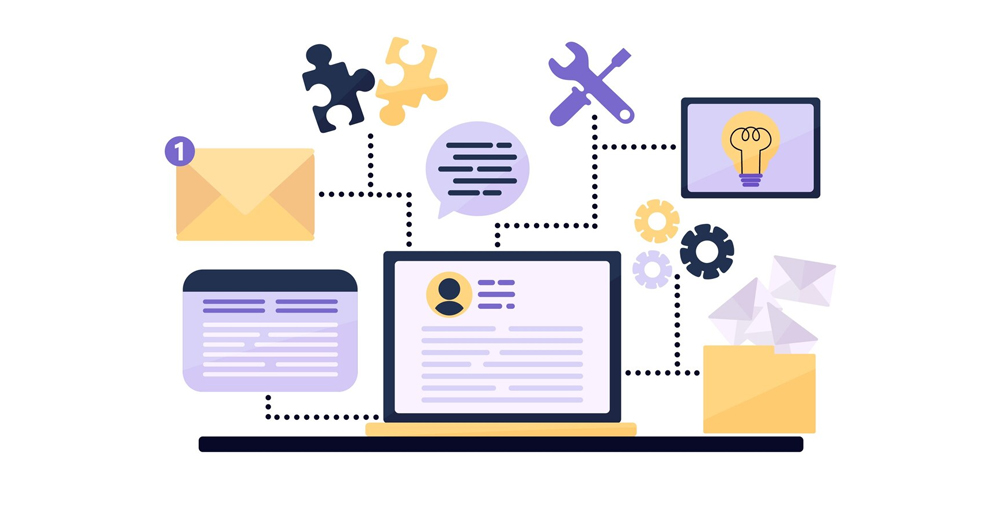
Cloud Computing Offers On-Demand Scalability and Unmatched Flexibility
One of the biggest challenge in custom software development is the resource management and scalability. Scaling up is the most crucial aspect of the business, if the IT infrastructure failed to offer the required scalability, the businesses will not be able to sustain operational efficiency. With on-premises database scaling up could be very challenging, adding more hardware devices or upgrading to the processors could be very expensive. Moreover managing the network, security, and other aspects is a very challenging and expensive feat. For example, if you faces a surge in users or need to increase computing power quickly, the cloud computing not only allow that but it automatically increase your resources when needed, ensuring a seamless and un-interrupted operation. The on-premises data center or traditional online hosting can also be expanded, however, it requires time and the cost too is high.
See Also: Benefits of Investing in Custom Software Development for Your Business in Dubai
Furthermore the cloud offers another great feature which traditional hosting or on-premises data centers doesn’t offer, which is the ability to scale down instantly as it can scale up, it can be scaled down to minimize the cost. Furthermore the cloud is also one step ahead from traditional hosting solutions when it comes to the future proofing of your software applications. Let say if you upgrade your software application, to ensure highest performance and security, in order to implement the upgrades you must be requiring latest versions of the operating system and several other aspects of the IT infrastructure, each and every component will have its own cost and sometime would be very difficult to upgrade the environment. However, with the cloud, this can be achieved within a few minutes and with very less or literally no cost.
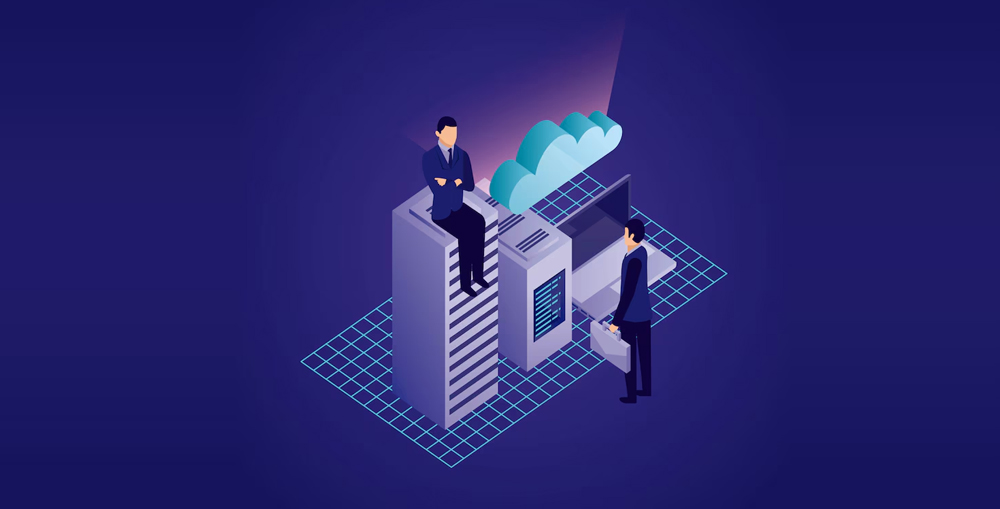
Accelerated Development and Quick Launch
The cloud computing offer unmatched features such as scalable resources, access to pre-built services and APIs which accelerate the development cycle and help quickly launch the applications. These features help streamlining the development processes especially it helps with third-party system integration which enable businesses to quickly launch and market their applications. Furthermore the cloud computing also offer robust platform and development tools which are very helpful for the developers and help them boosting the development process.
See Also: The Cost of Custom Software Development: Factors to Consider
Another remarkable feature of cloud computing is that it can provide centralized access to development resources. This enable development teams to collaborate with each other and prevent repetitive work which also accelerate the development process. The developers can work remotely and from separate geographical locations, which sharing codes, data, repositories and everything in real-time. By fostering a highly collaborative development environment the team can quickly and easily do the testing, implement the iterations, and manage the resources. Furthermore it is relatively easier and very quick to move to production environment form staging or UAT environment enabling quick launch.
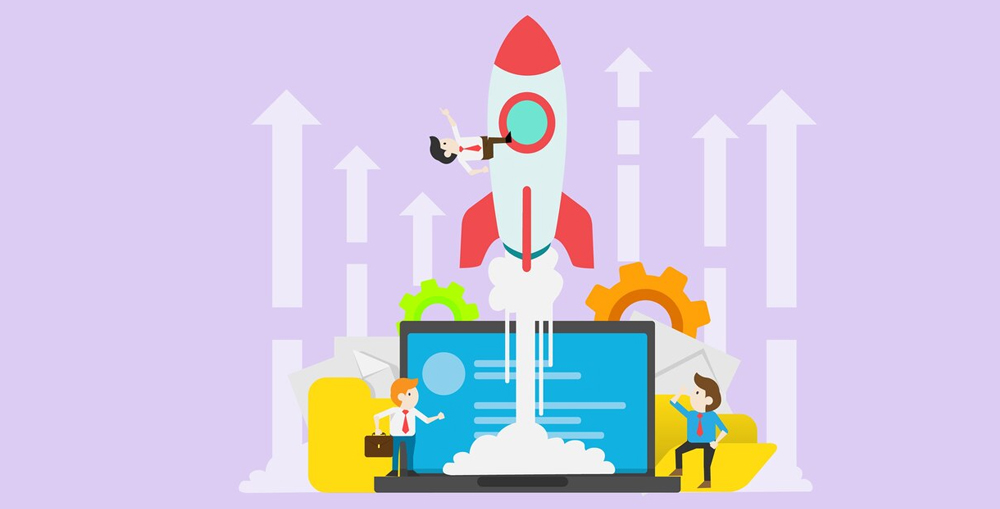
Enhanced Data Protection, Security and Backups
Unlike the common misconception, the cloud computing offers superior data protection, security and backup features. The cloud computing offers state-of-the-art security solutions with multi-layer protection and firewalls. Moreover the cloud computing also offers quick implementation of the advanced security protocols, encryption, advanced user authentication and access mechanisms and up-to-date protective measures. The adherence to advanced compliance standards ensure highest level of protection and security for the applications, users and the infrastructure. The cloud computing service providers have specialized and professional security teams and highly advanced security solutions which is usually not possible with the traditional hosting or on-premises solutions.
These advanced security features protect against data breach, moreover the cloud computing also offer advanced monitoring and threat detection tools which ensure highest level of security and data protection. Above all the cloud computing offers automatic updates of the resources, tools, and the environment which ensures your applications are running on the most secure and up-to-date infrastructure. Normally all cloud computing solutions comes with standard backup and recovery mechanisms, however, the cloud computing is very flexible towards backups and businesses can have multiple backup layers with advance CDN, and load balancing solutions which ensures your users always have a seamless and uninterrupted experience. The enhanced security, advanced data protection and data backup features can greatly enhance the efficiency and efficacy of your custom software applications.
See Also: Custom Software for Improved Business Efficiency
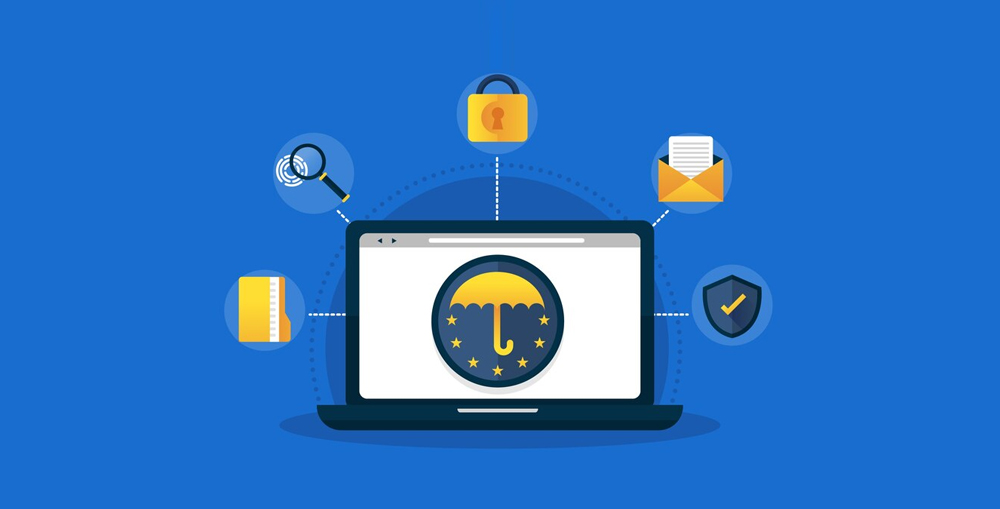
Conclusion
The cloud computing has a profound and far-reaching impact over custom software development. The cutting-edge technology and advanced features of the cloud computing have completely revolutionized the custom software development and help businesses leveraging the full potential of the applications. The cloud computing not only offer superior resource management, scaling, security and monitoring tools, but it also help accelerating the development cycle and help businesses quickly and efficiently develop customized software applications.
The traditional hosting solutions and on-premises hosting often failed to meet the dynamic and diverse needs of the custom software development. Furthermore the on-premises IT infrastructure is expensive, difficult to manage and even more difficult to upgrade. The cloud computing on the other hand always offer up-to-date IT infrastructure with cutting-edge security, networking, and resource management tools. The cloud computing offers a very easy-to-scale infrastructure which can easily adopt to the emerging needs of your software application.
Whether you want to scale up to accommodate a rise in system users or whether you want to scale down to save the cost, the cloud computing offers that seamlessly. With the advanced cloud computing management and monitoring tools you can seamlessly scale up or scale down your resources as per your needs. Above all the cloud computing can automatically scale up your raw computing power and other resources if there is a surge in the users preventing your software applications from slowing down or cashing. This ensures a great uninterrupted and seamless user experience.
When it comes to security and data protection the cloud computing is superior to any other traditional hosting solution. It offers state-of-the art security tools with a multi-layer security protocol. Whether it is the networking tool, environment, server operating system or any other security tool you are using, the cloud computing automatically update all these tools and operating systems to ensure your custom software development project gets up-to-date security and robust performance.
The cloud computing also offers different service models and very flexible service plans which suits your needs and also help you easily customize your service plans if needed to optimize the cost. The upfront cost is also nominal comparing to on-premises data centers and businesses are free from managing the physical IT infrastructure further lowering their operational cost. In this blog we have discussed how the cloud computing is impacting the custom software development in a very positive way. If you want to learn more about the subject or if you want our help to migrate to any local or international cloud computing platform, please feel free to contact us through our Contact Us page or leave a comment in the comment box below and we will get in touch with you soon.

